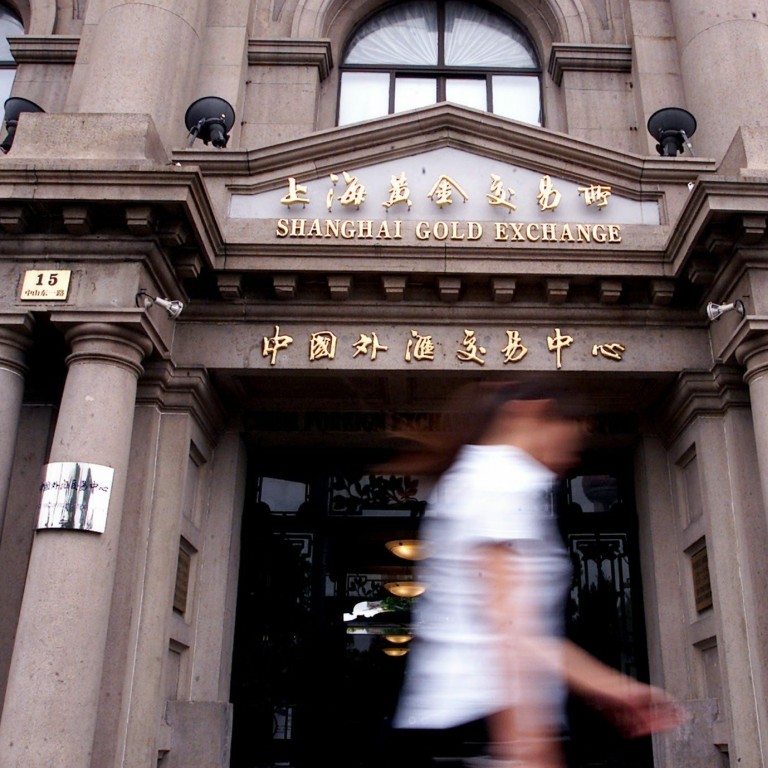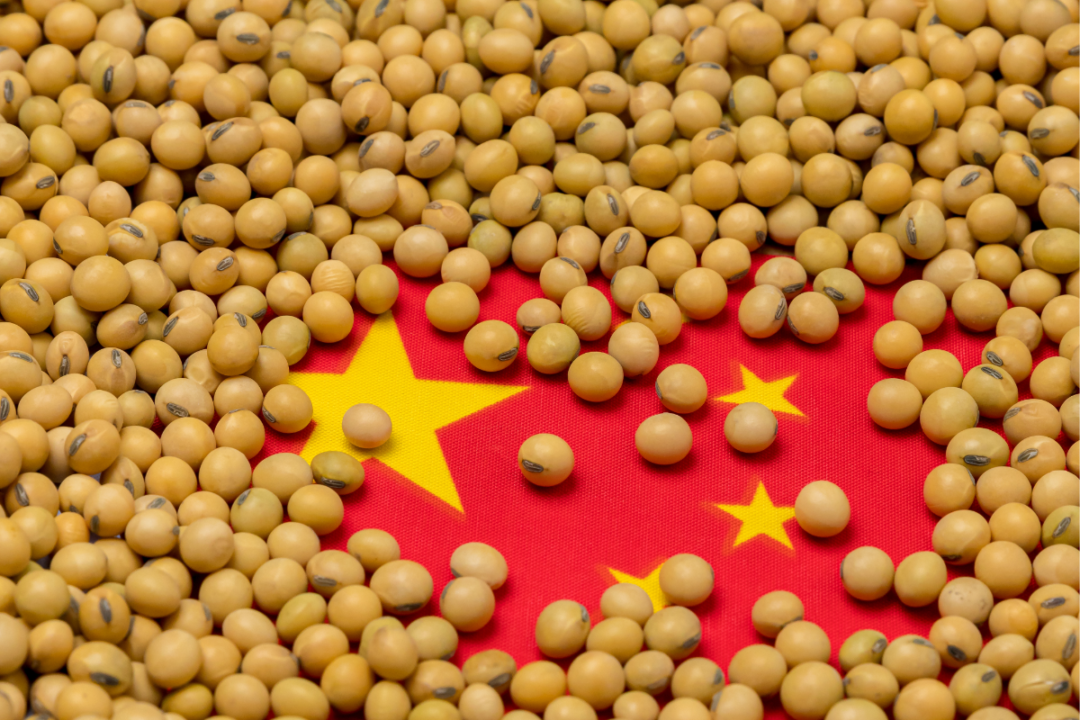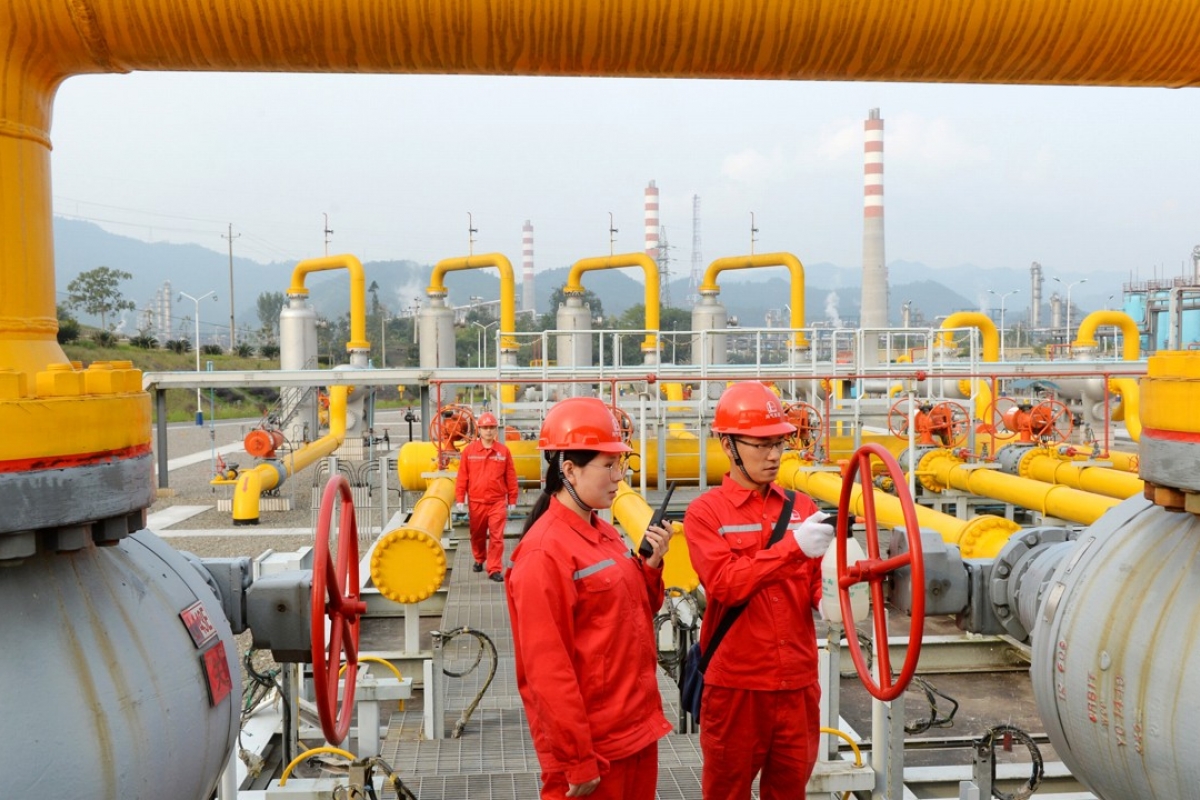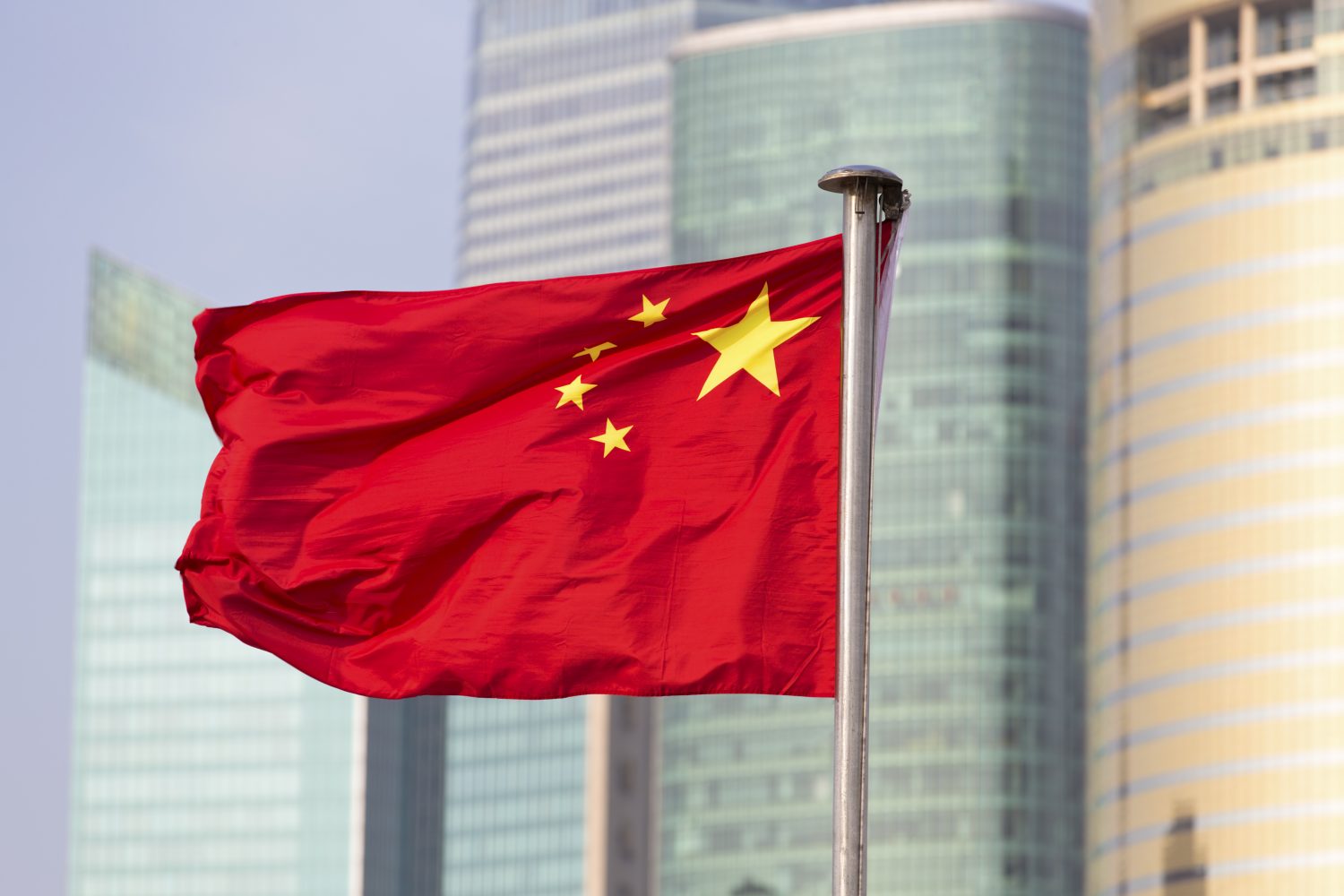The “Phase One” deal signed by US President Donald Trump and China’s Vice-Premier Liu He, marking a ceasefire in trade hostilities between both countries, also establishes something else – what the relationship between the world’s largest economies will be beyond Trump’s presidency.
Billed as the first in a series of potential agreements to reconfigure China’s dealings with the United States, this deal should also be considered as phase one in the US’ approach to competing with China going forward – regardless of who is president.
Let’s get one thing out of the way first. The White House will trumpet China’s commitment to buying $200 billion worth of American goods over two years, including $75 billion of manufactured goods and $40 billion in agriculture, but that is all politics. Trump promised his base he would narrow the trade deficit with China if elected, so touting billion-dollar purchases is low-hanging fruit and is a good soundbite on the campaign trail.
It remains to be seen how much actual progress we’ll see on structural reforms and other changes the U.S. wants to China’s policies on currency, government support for state-owned enterprises, intellectual property, market access for U.S. companies, and technology transfer.
Washington’s demands to change China’s economic system challenges the very core of the model that fueled the country’s rapid expansion. Given the Communist Party’s ambitious growth plans, Beijing is unlikely to cede ground on these issues, so expect even more friction and confrontations in the future.
The White House will trumpet China’s commitment to buying $200 billion worth of American goods over two years, including $75 billion of manufactured goods and $40 billion in agriculture, but that is all politics
This is why even though China secured some tariff relief as part of the agreement, 25 percent tariffs on $250 billion worth of Chinese imports remain in place. Trump and his more hawkish advisors are convinced punitive import duties are the stick that keeps China at the negotiating table, so they will not give up that leverage.
The dispute resolution system established by the agreement is also key. A favorite criticism leveled by opponents of China’s accession to the World Trade Organization in 2001, is that not enough has been done since then to maintain a level playing field and hold the country accountable.
Now, there is an enforcement mechanism that allows the U.S. Trade Representative to unilaterally levy tariffs within a 90-day period if it believed China is not meeting its commitments. Direct confrontation and threats will continue to be the name of the game.
There has been talk of beginning discussions immediately on a phase two agreement, but the magnitude of the issues that need to be addressed makes rapid progress unlikely – either on incremental deals or a broad package. Trump has indicated he might wait until after November 3 elections before returning to the negotiating table, as a successful re-election bid would significantly strengthen his hand.
The Chinese, for their part, are also inclined to wait until after the election as well, in the hope Trump loses the presidency and a new administration is more agreeable.
However, there is no sign United States’ confrontational approach would end with a Democrat in the White House. Scanning the views of the Democratic Party frontrunners in the nomination race, former Vice President Joe Biden was part of an Obama administration that promoted the Trans-Pacific Partnership as a way to contain China’s rise, Sen. Elizabeth Warren has been critical of China’s human rights record and would make it a central tenet of future agreements, while US Senator Bernard Sanders (Vermont) has said he would also use tariffs as a negotiating tool.
There is also established antagonism towards China among Democrats on Capitol Hill. The U.S. Treasury’s decision to lift its designation of China as a currency manipulator drew swift condemnation from senior lawmakers. Senate Minority Leader Chuck Schumer – a frequent sponsor of anti-China legislation – called the deal an “extreme disappointment,” and accused the administration of “conceding our leverage for vague, unenforceable ‘promises’ China never intends to fulfill.”
And let’s not forget the increasingly fierce competition between both countries in the areas of artificial intelligence and communications technology.
The ink is barely dry on this agreement, and there are already news reports the Trump administration is set to make life even more difficult for Chinese tech giant Huawei, while a bipartisan group of senators introduced a bill that would provide over $1 billion to invest in “Western-based alternatives” to Huawei and ZTE, another black-listed Chinese equipment provider.
US Senator Marco Rubio (Florida), who sits on both the Foreign Relations and Intelligence committees, makes it clear the goal is to prevent Chinese government-backed competitors from surpassing American companies – calling it both an economic and national security issue.
So what will the US-China relationship look like over the next decade? To borrow a phrase from China President Xi Jinping – expect to see a lot of efforts to embrace, but a lot more fighting.








